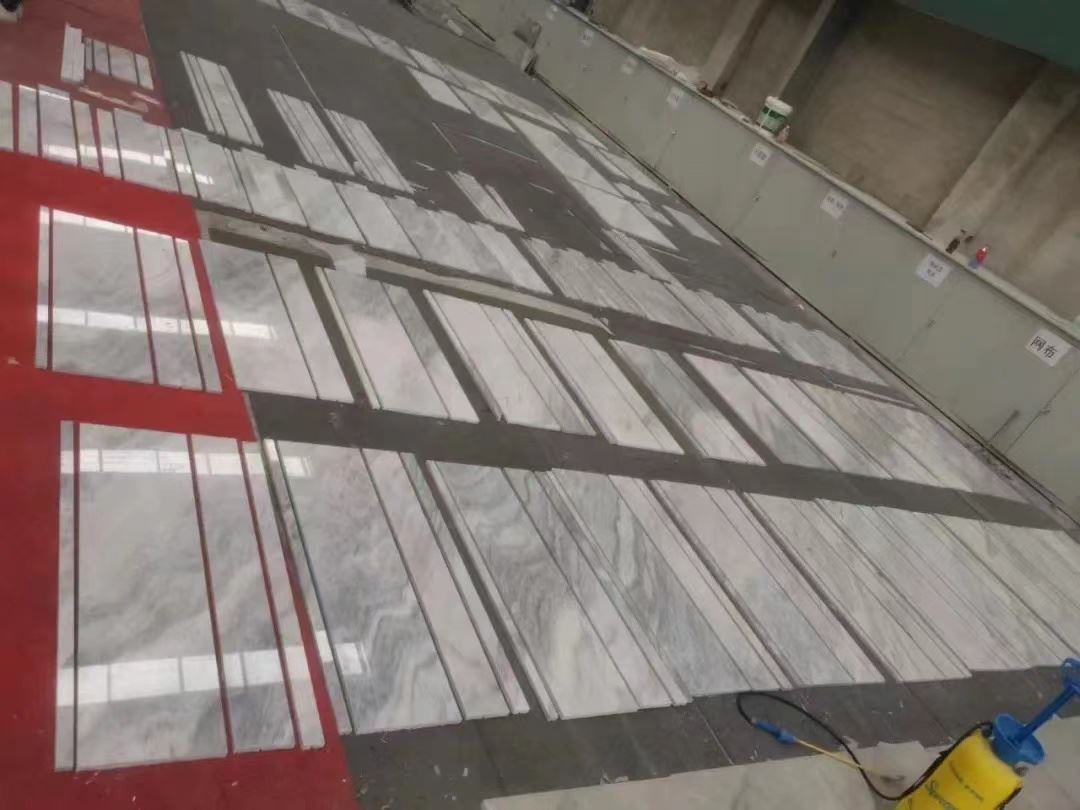
Dec 13 2021

Dec 10 2021

Dec 07 2021

Dec 02 2021
12B/13B, North Building of Pacific Square, No.331, Jiahe Road, Siming District, Xiamen, Fujian, China. 361001
+86-592-5065811
+8615160739809
How can I remove stains from limestone?
Limestone is a common type of carbonate sedimentary rock. It is composed mostly of the minerals calcite and aragonite, which are different crystal forms of calcium carbonate (CaCO 3). Limestone forms when these minerals precipitate out of water containing dissolved calcium. This can take place through both biological and nonbiological processes, though biological processes have likely been more important for the last 540 million years. Limestone often contains fossils, and these provide scientists with information on ancient environments and on the evolution of life. About 20% to 25% of sedimentary rock is a carbonate rock, and most of this is limestone. The remaining carbonate rock is mostly dolomite, a closely related rock, which contains a high percentage of the mineral dolomite, CaMg(CO 3) 2.
Limestone is an obsolete and poorly-defined term used variously for dolomite, for limestone containing significant dolomite (dolomitic limestone), or for any other limestone containing a significant percentage of magnesium. These other responses are great if you have access to the tools and supplies.

The Application of Limestone
Limestone is a raw material that is used globally in a variety of different ways including construction, agriculture, and industrial materials. Limestone is very common in architecture, especially in Europe and North America. Many landmarks across the world, including the Great Pyramid and its associated complex in Giza, Egypt, were made of limestone. So many buildings in Kingston, Ontario, Canada were, and continue to be, constructed from it that it is nicknamed the 'Limestone City'. Limestone, metamorphosed by heat and pressure produces marble, which has been used for many statues, buildings, and stone tabletops. On the island of Malta, a variety of limestone called Globigerina limestone was, for a long time, the only building material available, and is still very frequently used on all types of buildings and sculptures.

Tips of Clean Limestone Surface
Having Jura Beige limestone tops in my living room. The kitchen countertops constantly set coffee cups and cocktails on them. They also etch frequently. The nice thing about limestone is that regular cleaning creates a shine on the surface through long-term abrasion.
Pls, try sometimes to take a 1–5 solution of vinegar and water and wet a rag with it. Then I wipe it on the surface. This can actually make the finish more uniform again. Recommend trying this on an inconspicuous part of the limestone, just so you can see the results first. If a stronger effect is needed, then you can increase the ratio on the vinegar side until you get what you are looking for.
It is true that left unattended for long enough, vinegar will break down the limestone. Muriatic acid will do it faster. We used to “Antique” marbles and limestones with this. Do not do this indoors. It is a dangerous process and several safety precautions must be taken during and around this process. Sealers typically do not prevent the chemical reactions between the alkaline stone and the acidic compounds that they may come into contact with. I still find them useful, just not bulletproof.
